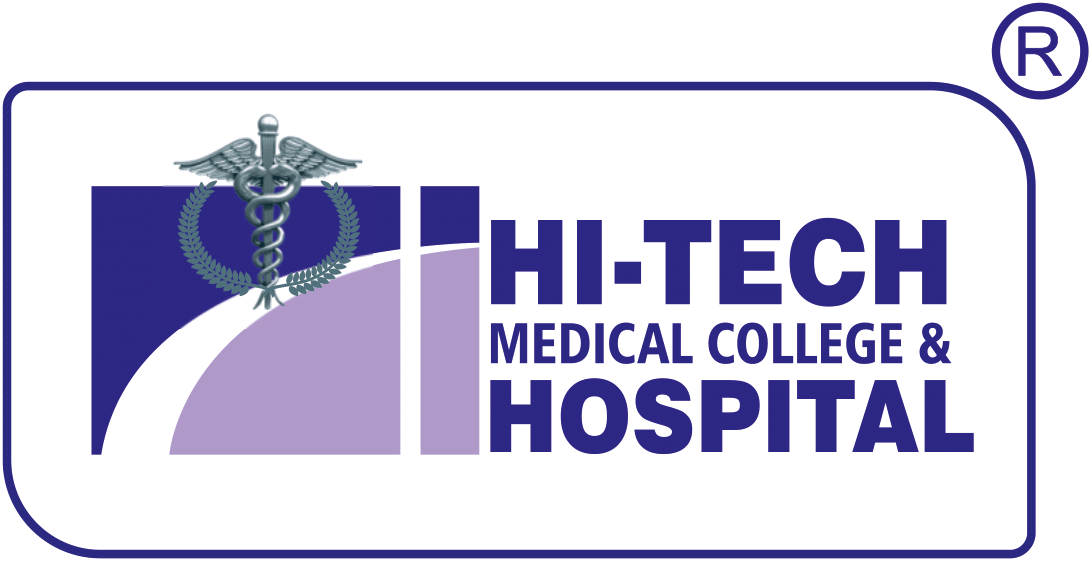
Angioplasty
Cardilogy
Angioplasty is a procedure used to open blocked coronary arteries caused by coronary artery disease. It restores blood flow to the heart muscle without open-heart surgery. Angioplasty can be done in an emergency setting such as a heart attack.Or it can be done as elective surgery if your healthcare provider strongly suspects you have heart disease. Angioplasty is also called percutaneous coronary intervention (PCI).
For angioplasty, a long, thin tube (catheter) is put into a blood vessel and guided to the blocked coronary artery. The catheter has a tiny balloon at its tip. Once the catheter is in place, the balloon is inflated at the narrowed area of the heart artery. This presses the plaque or blood clot against the sides of the artery, making more room for blood flow.
Why might I need angioplasty? :
- Angioplasty is done to restore coronary artery blood flow when the narrowed artery is in a place that can be reached in this manner.
- Not all coronary artery disease (CAD) can be treated with angioplasty.
What are the risk of Angioplasty?
- Bleeding at the site where the catheter is put into the body (usually the groin, wrist, or arm)
- Blood clot or damage to the blood vessel from the catheter
- Infection at the catheter insertion site
- Rupture of the coronary artery or complete closing of the coronary artery, needing open-heart surgery
- Allergic reaction to the contrast dye used
- If you are having a surgical procedure performed, inform your surgeon that you have a pacemaker well before the operation. Also ask your cardiologist's advice on whether anything special should be done prior to and during the surgery, as the electrocautery device that controls bleeding may interfere with the pacemaker. Sometimes the pacemaker's programming will be temporarily changed (using a magnet) during the surgery to minimize the possibility of interference from the electrocautery.
Our Key Procedures
Angiography
Embrace change, encourage invention and continually remain at the forefront of advances in oral health for the good of our patients
Read MoreAngioplasty
Demonstrate caring and sensitivity for the diverse backgrounds of our patients and colleagues and generosity in our communities
Read MorePacemaker Implantation
Adhere to high ethical and professional standards, demonstrating commitment to our responsibilities with trust, honesty and respect for all
Read MoreBypass Surgery
Embrace change, encourage invention and continually remain at the forefront of advances in oral health for the good of our patients
Read MoreElectrophysiology Study
Demonstrate caring and sensitivity for the diverse backgrounds of our patients and colleagues and generosity in our communities
Read MoreValve Replacement
Adhere to high ethical and professional standards, demonstrating commitment to our responsibilities with trust, honesty and respect for all
Read MoreDevice Closure
Adhere to high ethical and professional standards, demonstrating commitment to our responsibilities with trust, honesty and respect for all
Read More







